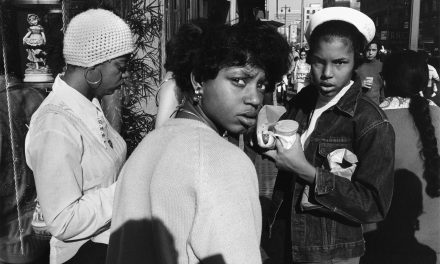
Population density may sound like the most mundane of metrics, a column heading in a city planner’s spreadsheet, but in cities across the U.S. it’s been a source of cultural controversy, guiding where people move and why.
To those seeking a more urban lifestyle, “density” implies walkability, car-free transit, and cosmopolitan culture. To others, “density” equates to crowds, cramped quarters, and the inability to find parking. The debate arises around nearly every planning decision under consideration in cities like Milwaukee, often devolving into vicious debate.
Where these debates often breakdown is when it comes to the relative nature of population density: How dense is ‘dense’? Is Milwaukee dense? We should all be able to agree that New York is dense, right? Well, not compared to Paris, let alone Manila.
In order to put Milwaukee’s density in perspective, this series of visualizations shows how large Milwaukee would be if it were as dense as other cities.
If Milwaukee’s population lived as close together as New York’s does, how much space would they take up? Compared to cities like Mumbai and Manila, Milwaukee is a sprawl, while compared with Jacksonville and Anchorage, Milwaukee is practically Manhattan.
Note: The Milwaukee city limits were used for this visualization. Metro areas are not as well defined as city limits.














